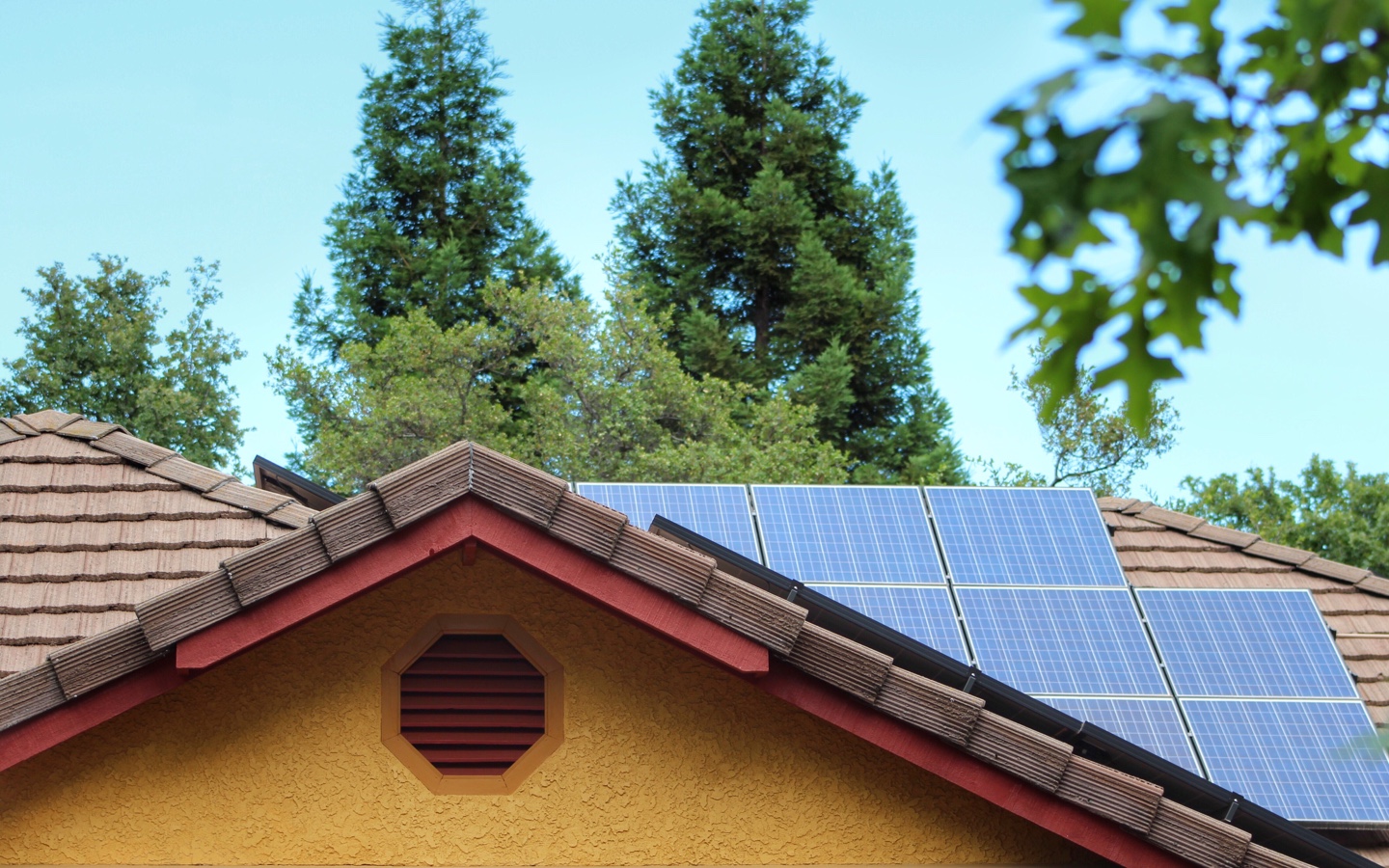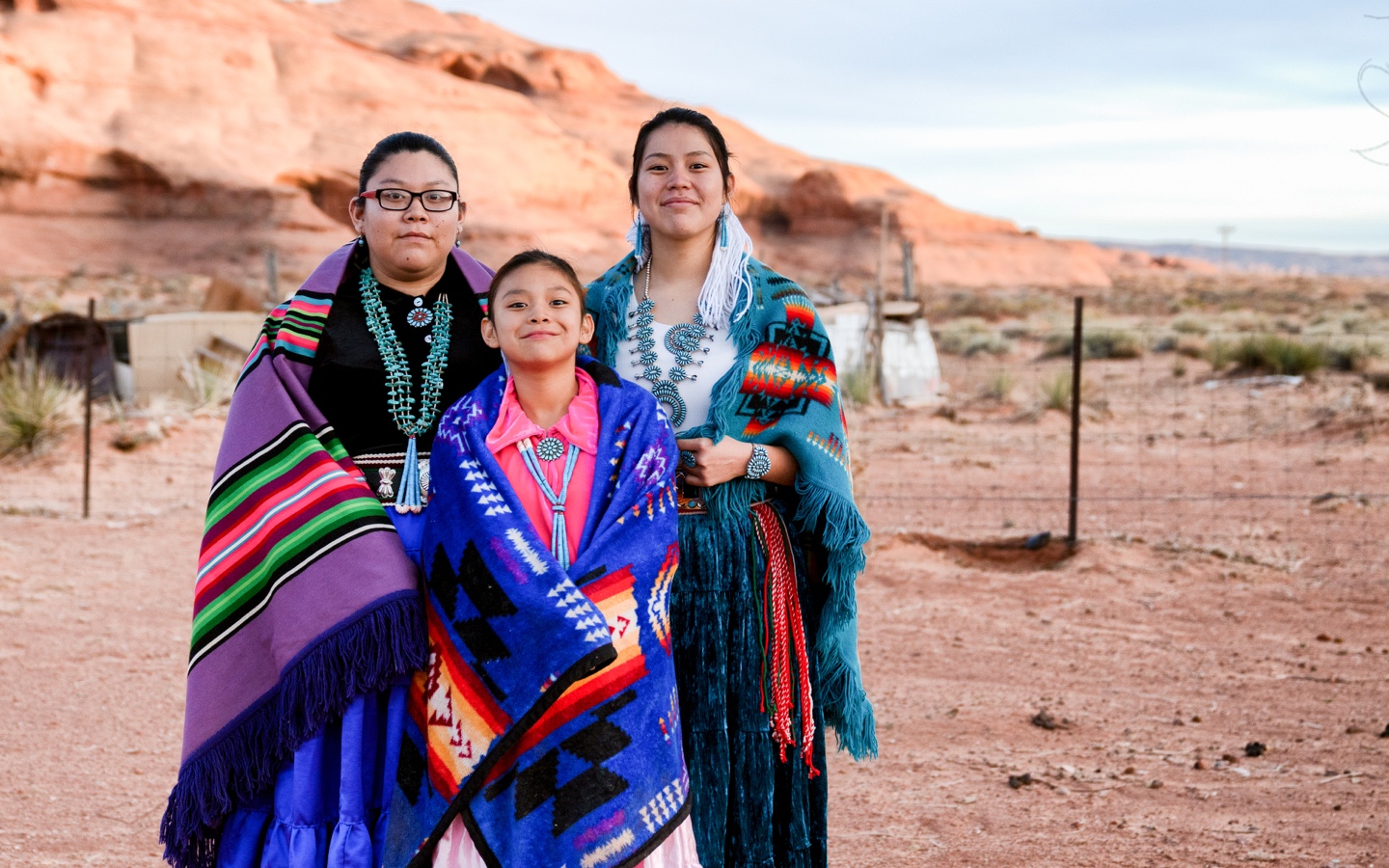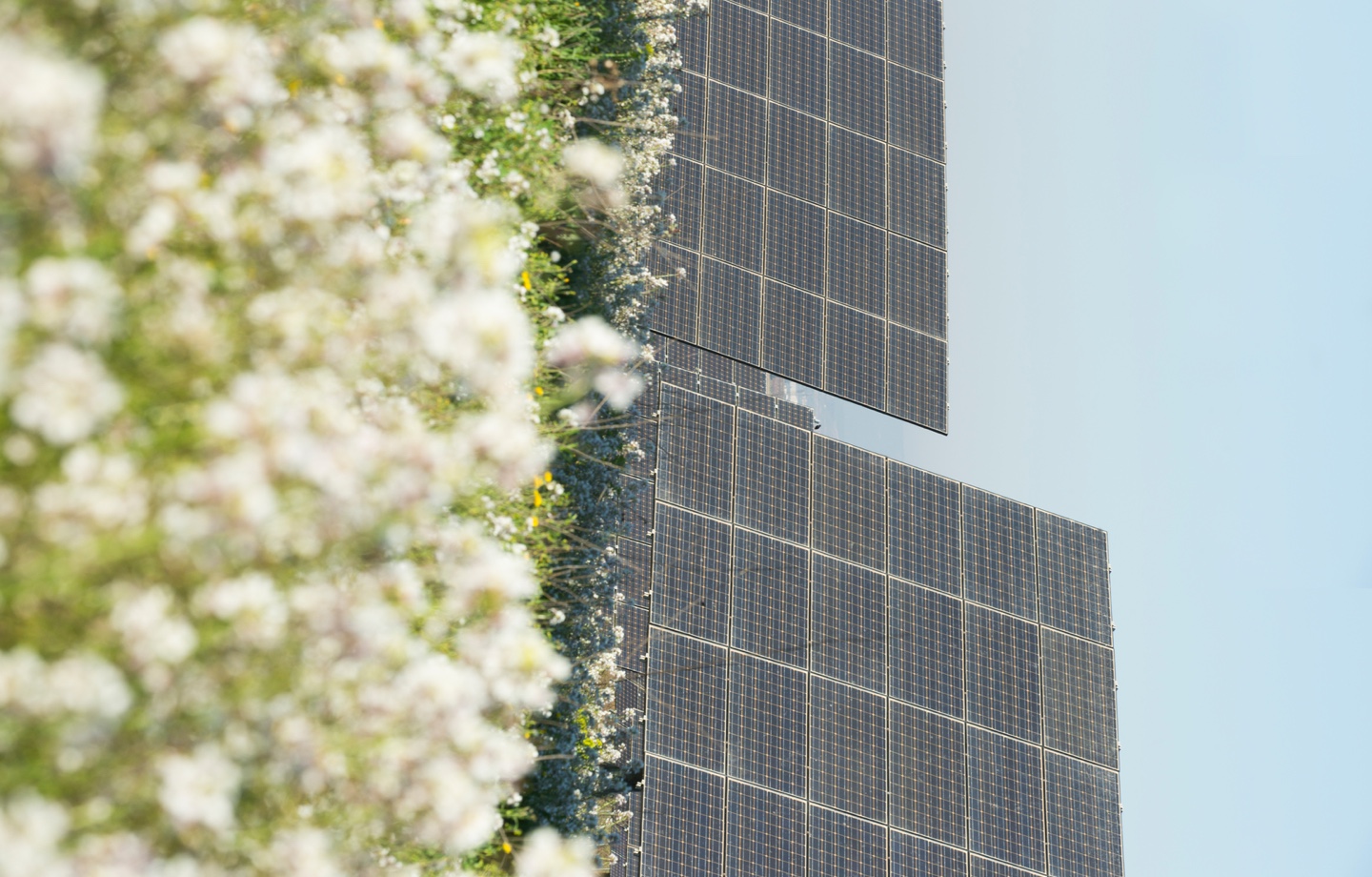While scientists are making strides toward renewable energy solutions, novel community-centered initiatives are bringing solar to our most marginalized communities.
From the beginning of the year to June alone, wind turbines, solar panels, and dams produced more energy than coal on 90 separate days. The bigger news is that renewable sources of energy will continue to outpace coal, the second highest producer of greenhouse emissions, according to a report recently published by the U.S. Energy Information Administration. The report, which analyzed short-term energy outlooks, saw the decline of fossil fuel generation, especially coal, as a result of the COVID-19 pandemic’s stay-at-home orders and declining electricity demand. Coal generation, the report noted, is expected to fall by a staggering 25 percent this year alone. Likewise, renewable energy generation is looking at an 11 percent bump. In fact, as coal plants are closing across the country, EIA expects the “electric power sector will add 20.4 gigawatts of new wind capacity and 12.7 gigawatts of utility-scale solar capacity in 2020.”
On its own, solar power accounts for 1.6 percent of the nation’s electricity generation. This means that with nearly 1.47 million solar panels operating in the U.S., 70 million metric tons of carbon dioxide are currently being offset. While climate change has hastened the need for renewable sources of energy in recent decades, efforts to harness the sun’s energy in the form of photovoltaic cells began during the Industrial Revolution. Today’s silicon solar panels can convert about 22 percent of the sun’s rays into energy.

In April, scientists at the National Renewable Energy Laboratory tested a six-junction solar cell specially fabricated with materials designed to capture light from a specific part of the solar spectrum. That cell, which used concentrated sunlight with the help of a mirror, achieved 47.1 percent efficiency, breaking all previous records. It’s expected that the technology will likely be used to power satellites.
There have been strides elsewhere, too, especially in the costs involved in installing residential solar panels, which have declined by 70 percent since 2010, leading to a steady uptick in residential solar installations. At the same time, the installation of utility-scale solar projects have also steadily increased.
With all the ways that the solar energy market is currently being optimized to lower costs, there are even greater calls for under-resourced communities to gain access to the benefits of solar technology. In December 2019, the Clean Energy States Alliance published a report titled Solar with Justice: Strategies for Powering Up Underresourced Communities and Growing an Inclusive Solar Market. Examining access to solar through the lens of equity, CESA looked at successful community solar projects that minimized financial risks for low and moderate income households, especially in communities that were most vulnerable to pollution, service interruptions, and high utility costs.
The report also highlighted organizations that had embarked on innovative solar projects serving rural communities and communities of color. It featured the work of the Thunder Valley Community Development Corporation, which serves the Pine Ridge Indian Reservation, and is currently building a 34-acre community outfitted with solar installations that will reduce energy costs by an estimated 40 to 50 percent. Other featured initiatives included the Energy Trust of Oregon, which funds solar projects that benefit low-income Oregonians, including solar-powered affordable housing projects through Neighborworks Umpqua.

In many cases, the rise of community solar programs have offered another viable alternative to residential solar power by providing those who may not have the financial means, rent their homes, or lack sufficient roofs or roof space, subscriptions to a centralized solar project. As the only state that does not cap the number of community solar projects, Minnesota is leading the nation in implementing community solar.
If there were a dearth of models for energy equity in the past, principles of accessibility are now at the core of such national nonprofits like Solar United Neighbors or SUN, which enable homeowners to go solar through solar co-ops, or neighborhoods of 50 to 100 people that all share the same clean energy goals. And, as they point out, with people power comes the ability to leverage bulk purchasing to get discounted pricing and installation. So far, SUN has invested $93 million in solar co-ops across 12 states. As part of their mission, they help you find a co-op in your state, or give you the tools to build one yourself.
With greater accessibility and resources than ever, diminishing costs

Shop Pillows
The Essential Organic Pillow Collection
Gentle, breathable, non-toxic support.






